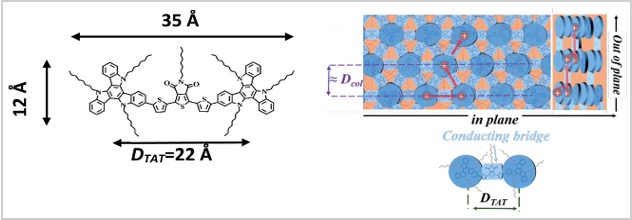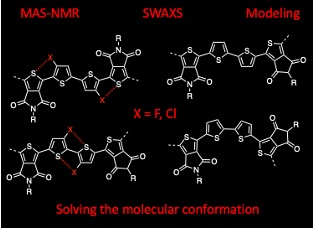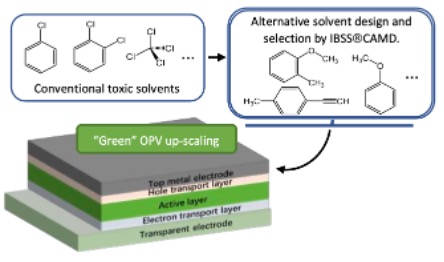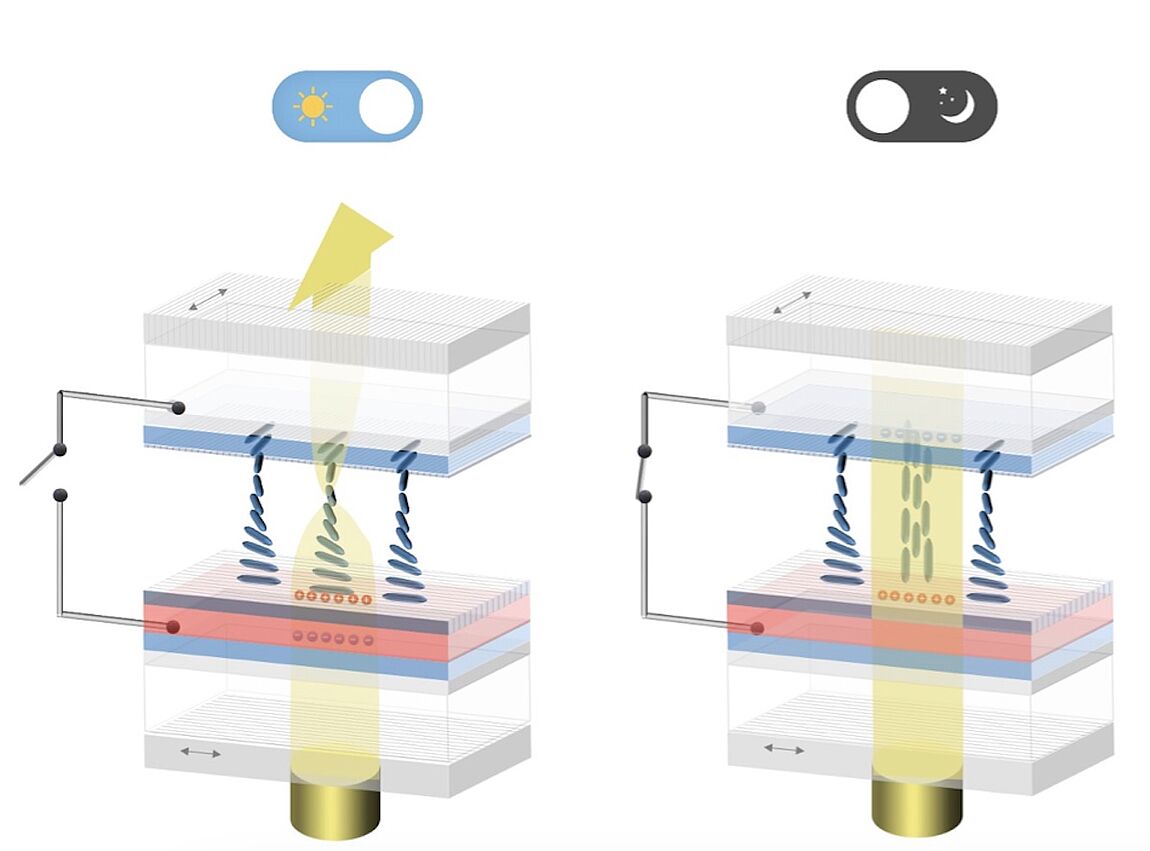Organic photovoltaics (OPV) is an emerging technology whose performance has been steadily increasing over the past decades and which has the potential to become a major player in renewable energy production. The synthesis of new molecular compounds has played a key role in the development of highly efficient solar cells and will continue to contribute to the advancement of this technology. Beyond achieving better performances, challenges such as reducing the environmental impact of OPV module production, increasing the operational lifetime of OPV modules or demonstrating economically viable applications of OPV are also essential for the future of this remarkable technology and have to be addressed.
STELORG offers its members access to a wide range of expertise covering all the steps needed to go from the synthesis of new molecular compounds to their integration into devices. By fostering a close collaboration between the disciplines involved, STELORG can contribute effectively to the challenging field of organic photovoltaics. Our main objectives are:
- the design of new organic compounds and the investigation of the relationship between their molecular structure and properties relevant to OPV devices (such as optical and electrochemical properties, solid state assembly, charge transport, exciton dynamics,...)
- the manufacturing, characterization and optimization of small-sized OPV devices based on new organic materials,
- exploring ways to avoid or at least minimize the use of toxic and unsustainable solvents, and
- developing new applications that can take advantage of the specific properties of OPV materials and devices.




